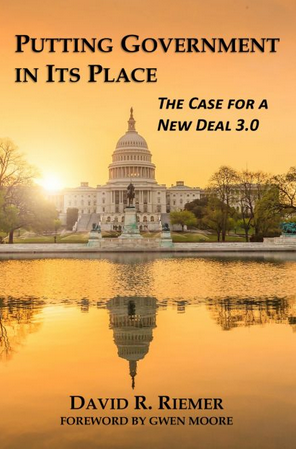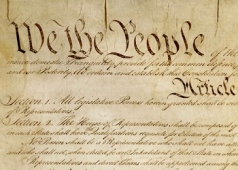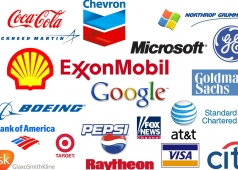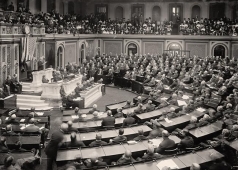Whose Market Is It?
To create an effective market, the key choice is to decide: Who owns it?
The market is not a physical object, like a car or a computer. Nor is it a single relationship, like gravity. Rather, the market is a vast and complex system of buyers, sellers, and rules that shape the billions of exchanges of value between buyers and sellers.
Thus, no one can literally have legal possession of the market. But we can decide who “owns” the market in the sense of deciding whose interests will have predominant power in deciding how the market functions.
There are three basic options.
Consumer Control?
First Option: We can guarantee that consumers—hundreds of millions of American individuals and firms—own the market, through the individual purchases they make based on the true cost of the products and services they buy. The key is to:
- Prohibit the "externalization" of costs; and
- End subsidies for politically favored types of consumption and investment.
Cost “externalization” artificially sticks costs on the environment, workers, consumers, and investors that producers instead should bear--and try to eliminate--as part of their production process. Consumer control of the market triumphs when producers stop such cost-shifting. Consumers then get to choose among products and services based on their real cost and true quality, which in turn mirrors the actual, relative productivity of producers now competing on a level playing field.
Consumers also benefit from ending cost "externalization" in other ways. The air they breathe is cleaner. The water they drink is purer. They need not fear poisoning from hazardous waste sites. The family and friends they love--and they themselves--are less likely to be hurt at work. They are better protected from unsafe products. They are less likely to have their savings ripped off. Continue reading ->
Consumer "sovereignty" takes a more obvious hit from subsidies. Subsidies--whether in the form of cash payments, tax loopholes, loan guarantees, quotas, or other devices that artificially benefit specific types of consumption or investment--are intended to tilt the market in favor of politically favored economic sectors or individual firms. The very purpose of subsidies is to interfere in the market by manipulating price, supply, and demand.
In short, subsidies are a kind of economic coup d'etat. They explicitly deprive consumers of full control of the shape and direction of their country's economy, and transfer much of that control to political favorites. The only way for consumers to regain control is to stage a counter-coup--restoring the "invisible hand" of a consumer-driven market by sending subsidies into exile. Continue reading ->
Prohibiting cost "externalization" and ending subsidies require different kinds of policy change. They nonetheless have a shared, dual purpose. First, they put consumer preference, based on real cost and true quality, firmly in the driver's seat of the American market. Second, both changes work together to enable the market to allocate resources more efficiently, both to the most desired products and services as well as to the most efficient firms. Consumers' final victory--indeed, the ultimate purpose of "consumer sovereignty"-- is to strengthen the effectiveness of the market itself, yielding a stronger economy and a richer nation.
Producer Control?
Second Option: Alternatively, we can enable producers to own the market. In addition to tolerating the propensity of some producers to "externalize" their costs in order to gain a cheater's advantage, we can allow—even encourage—cartels, price-fixing, and other schemes that stick it to consumers and other producers.
By enabling conspiring firms to succeed in eliminating competitive pressure, we in essence hand over the market to producers—especially big business. The inevitable result is to allocate society’s resources to products and services that are higher in cost and lower in value, reward inefficient firms, and accept a weaker economy and faltering nation.
Government Control?
Third Option: We can allow government to own the market. The most obvious form of government control is Communist-style central planning, under which ruling party and its bureaucrats set quotas, fix prices, and generally outlaw the rules of demand and supply.
Government-control American style would use subtler methods. We could increase the number of subsidies. We could more aggressively pick and choose the economy's "winners" and "losers."
What a Consumer-Owned Market Requires
If we want an optimally effective market, there is only one choice. Putting individual consumers in the driver’s seat—in essence, giving consumers “ownership” of the market—is the only way to permit the market to achieve its fundamental purpose. The other two “ownership” options inevitably raise prices, cheapen quality, make the market inefficient, and result in a less wealthy nation.
But putting American consumers in the driver’s seat—truly making them the owners of American market—requires big changes.
It will never happen unless we take two bold steps:
First: Strengthen regulatory protection for the environment, workers, consumers, and investors so that cost “externalization” comes to an end. Continue reading ->
Second: Abolish all government subsidies, and other forms of governmental manipulation, that steer the economy towards politically favored forms of consumption and investment. Continue reading ->



